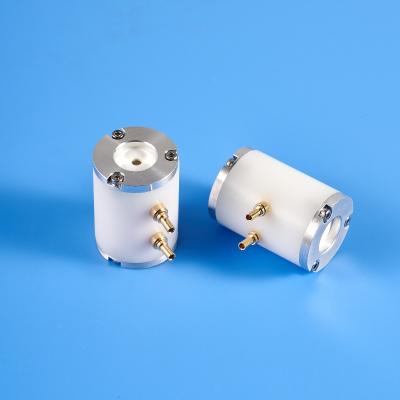High-Power Mid-Infrared Ultrafast Sources at 2 - 5μm Based on Dual-Wavelength Source - Part 4
2 Mid-infrared theory and simulation based on PPLN crystal (www.wisoptic.com) difference frequency generation
The above analysis demonstrates that pump and signal beam energies significantly influence idler energy generation during DFG. The magnitude and relationship between these two energies determine the DFG operating range, thereby influencing the idler energy variation. However, in practical applications, in addition to optimizing beam energy parameters, power can be further optimized by adjusting the delay. Adjusting the delay alters the interaction time between pump and signal beams in the nonlinear medium, thereby affecting idler generation efficiency. When the delay is appropriately set, the interaction between pump and signal beams is more effective, thereby increasing idler energy output. This optimization approach is effective across various energy conditions, but is particularly pronounced at high energies. The following simulation results will provide a detailed analysis of how idler pulse energy varies with pump and signal pulses after delay optimization.
Figure 3 shows the variation of idler pulse energy with pump pulse (a) and signal pulse (b) after delay optimization (results from Figure 2). When the pump and signal pulse energies are low, the optimized delay has little effect on the output idler energy. When the signal pulse energy increases above 100nJ (light blue and black hexagonal stars in Figure 3), compared to the light blue and black hexagonal stars in Figure 2, the optimized delay effectively prevents reverse energy conversion and maximizes the output idler energy. When the pump and signal pulse energies are at their maximum (3.5μJ for the pump pulse and 500nJ for the signal pulse), the output idler pulse energy reaches 873nJ, significantly higher than the maximum energy (683nJ) in Figure 3 without delay optimization. Figure 3(b) also shows that the optimized delay stabilizes the idler output energy in the saturation region, indicating that the optimized delay can fully convert the pump light energy into the idler.
Fig.3. The curves of idle light energy change with pump light and signal light energy after
optimized delay in simulation.




